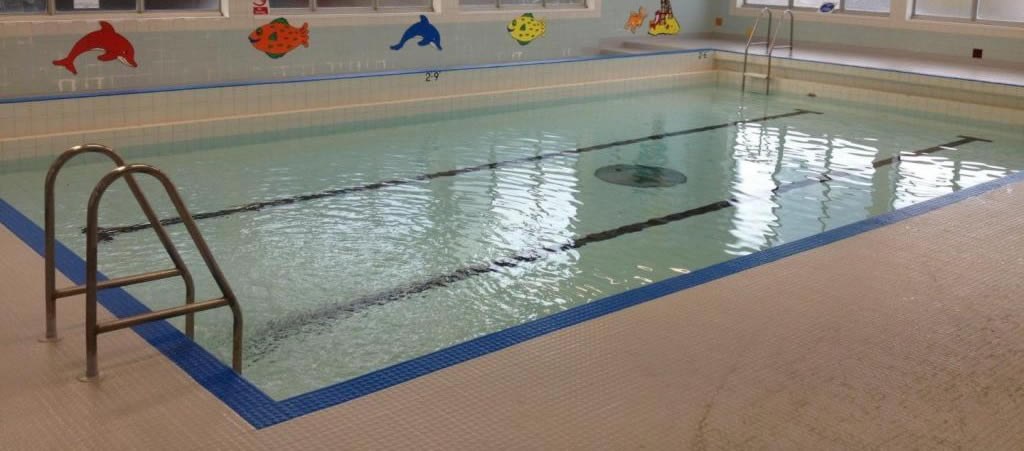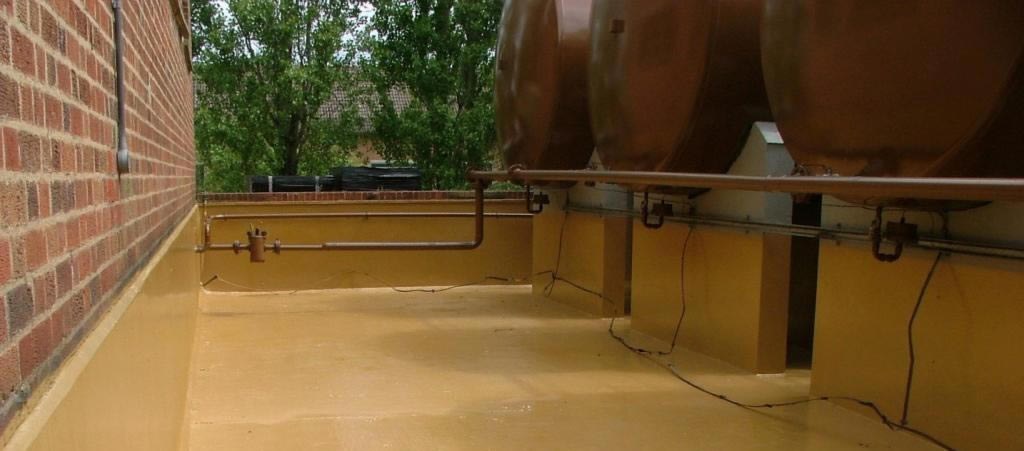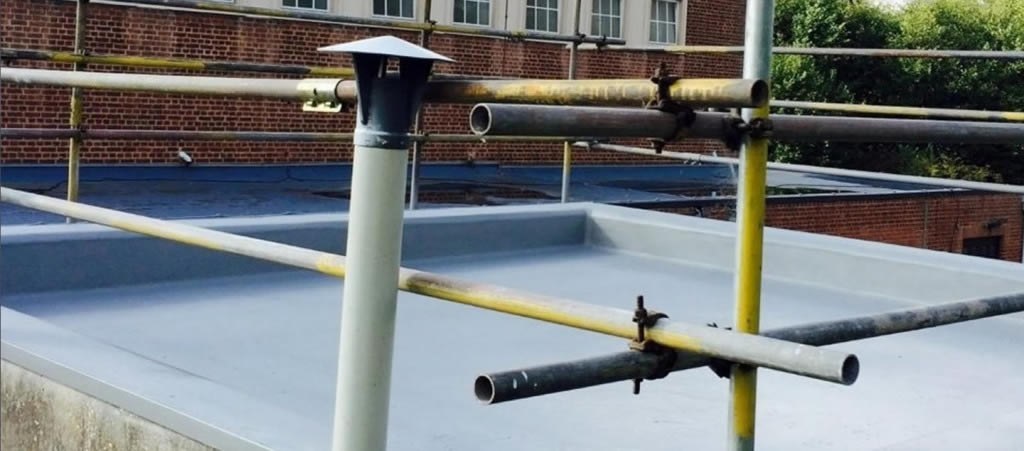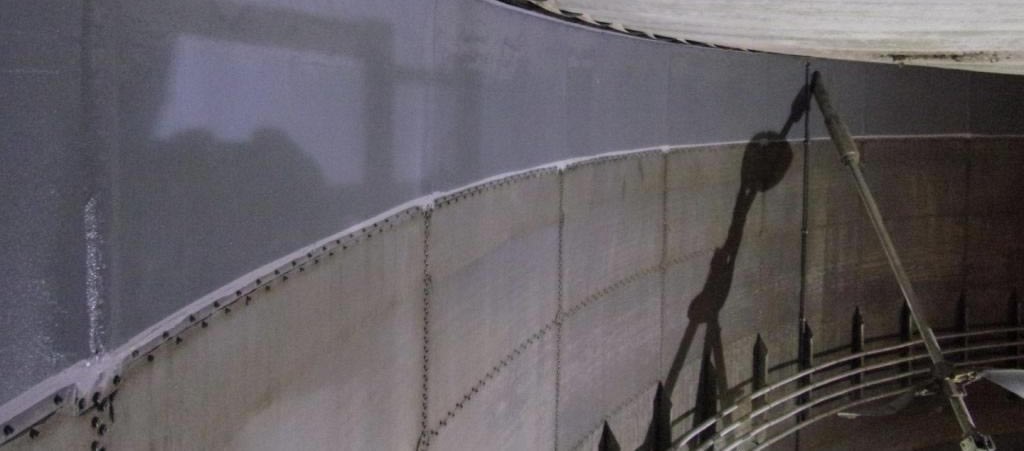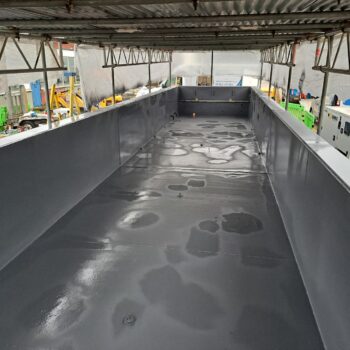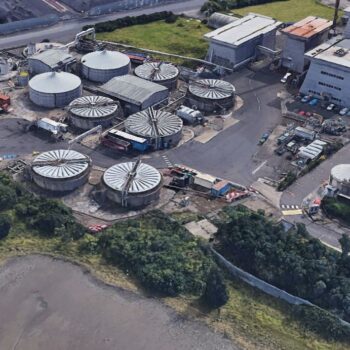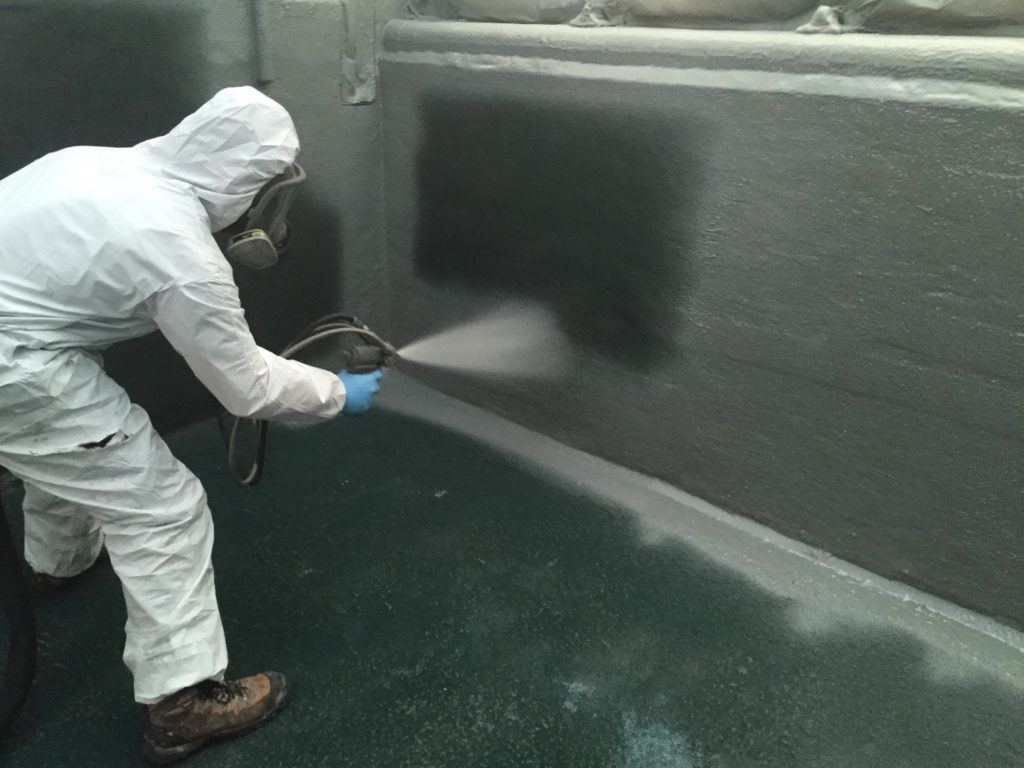Troubleshooting
Polyurea by the product of its fast curing and flexible characteristics creates a level of interest that is not often seen in other types of protective coating. This has had the unfortunate consequence of at times creating a misunderstanding of the limitations of the material and the strict application parameters that are still required.
Also by the nature of the specialist heated plural component spray equipment that is required to apply the majority of polyurea materials there is an inherent reliance on the correct operation of plant and equipment, which if not operating correctly, or in untrained or inexperienced can lead to the creation of a defective material. This leads on to perhaps the cornerstone of the importance of selecting the correct contractor/applicator, in that you are not buying polyurea from the material manufacturer, instead your chosen contractor is manufacturing it on site using the raw ingredients provided by the material manufacturer.
Therefore below we have tried to detail a troubleshooting guide that will be useful to both specifiers, clients and other applicators based upon our many years of experience and training. Whilst this is not an indefinite list we have tried to impart as much information as possible. The below information is given in good faith, but use of this information is at the readers risk and Corroless Eastern Ltd can accept no responsibility for financial consequences as a result of implementation of the below information.
Poor Adhesion
The rapid cure nature of polyurea can make it a particularly unforgiving material if the correct preparation , priming and coating application parameters are not adhered to. This is amplified by the high tensile nature of the material which means that if the polyurea is not well adhered to the substrate it will come away from the surface in one large piece, rather than chipping and flaking like conventional coatings would.
Poor preparation
As with all coatings correct preparation of the surface being coated is critical when applying polyurea coatings. Less experienced contractors will often make the mistake of thinking that the fantastic physical characteristics of this material can form a short cut for correct preparation.
Typically, if polyurea and/or the primer have been applied to an insufficiently prepared substrate the coating will pull away with some of the substrate attached. Alternatively if there is insufficient surface profile/roughness to anchor the primer/polyurea to, it may pull away with a very smooth surface and nothing attached on the reverse. These can both manifest locally in the form of blistering which will be covered as a separate section.
Contamination
Similarly to the above if a substrate has been prepared properly but not cleaned sufficiently this will often manifest itself in the polyurea and/or primer pulling away from the substrate with dust/oil/grease etc on the reverse side. This can again be magnified by the fact that shrinkage can occur by varying degrees as it cools which can rapidly expose poorly bonded polyurea. This can manifest itself locally in the form of blistering which will be covered as a separate section.
Climatic Conditions
Most protective coatings have some form of limitation with regard to relative humidity, dew point or temperature at which they can correctly be applied. Polyurea is no different, however there has been a large scale misrepresentation of the fact that pure polyurea coatings are insensitive to moisture with regard to curing or not forming blisters as per hot spray polyurethanes and polyurea/polyurethane hybrids. However this does not mean that they will adhere to damp substrates, as would be the case if the substrate is within 3 degrees of the dew point. If a coating has been applied when the substrate is within 3 degrees of dew point this will typically manifest as a significant failure, with little or no adhesion in the affected areas. The failing coating will often pull away from the substrate as a large sheet if a pulling or shearing force is applied.
Exceeding the Recoat/Overcoat Window of the primer
Most coating materials have and overcoat or recoat window in which period subsequent coats of compatible coatings will adhere if correctly applied and contamination has not occurred. Polyurea primers are no different, and again this problem is magnified by the very fast gel time of most coatings which serves to minimize the time at which chemical bonds can form between the primer and polyurea coating. This material failure will manifest itself as a separation between the primer and coating, either separating as a large sheet of polyurea or separating randomly, possibly as blisters.
Exceeding the Recoat/Overcoat Window of Previously applied polyurea
This is a failure that unfortunately we see all too often. Once polyurea has exceeded its recoat window, which is very short (typically 6 -8 hours) a specific preparation and priming regime as recommended by the manufacturer will be required. Typically this will involve mechanical preparation, possibly solvent wiping and re priming. This material failure will manifest itself as the clear separation of the two layers of polyurea when force is applied or over time. Care must be taken when applying the second layer, so not to exceed the prepared section from the first layer or polyurea. This failure typically occurs at overlap sections between several days spraying.
Less experienced contractors often will create this method of failure by attempting to spray to large an area that cannot be snagged and completed in one shift, meaning that they simply run out of time. This then creates the issue of inter layer polyurea adhesion which on complex shapes such as tanks and steelwork can be extremely difficult to resolve. Correct job site planning is essential to avoid this type of failure.
Blistering
As can be seen in the previous information, many polyurea defects can lead to blistering. Whilst this is undesirable, correct diagnosis of any blistering present can be used to prevent future occurrence.
Below we will try to detail different types of blistering and the possible causes. When we refer to the back side of the blister this is once the blister has been cut out and the polyurea reversed.
Smooth Back of Blister
This is possibly caused by substrate contamination, moisture or trapped gas. The solution is to clean the substrate, prepare if necessary and re prime if required before respraying with polyurea.
Rough Back of Blister
This type of polyurea blistering is either a moisture reaction or the polyurea being Isocyanate rich. The solution is to ensure the substrate is dry, check all compressed air in use is dry and check the correct functionality of your plural spray machine including operating temperatures, spray pressures, filters and mix chambers.
Gummy Back of Blister
This type of blistering is most likely poor primer cure or the polyurea being resin rich. Check that the primer used has properly cured and as above check the correct functionality of your plural polyurea spray machine from drum pump to spray gun.
Blister Repair Procedure
If you are unfortunate enough to have blisters in your polyurea then the following repair procedure is the basic methodology – however it is important that you check the repair process with your polyurea manufacturer, particularly with regard to recoat windows.
1. Cut out the defective blister, taking the material back to a sound edge – be careful as the high tensile nature of polyurea will make it difficult to cut. Where cut resistant gloves, cut away from yourself and wear eye protection in case of a snapped blade.
2. Feather the edge of the surrounding polyurea using mechanical sanders to avoid a hard step/transition in the coating. Also abrade the overlap section on to the existing polyurea.
3. Remove any contamination if present.
4. Re-prime to ensure adhesion if recommended by the polyurea manufacturer
5. Re spray the polyurea within the confines of the previously prepared/primed area, feathering at the edges to avoid a raised termination detail.
Blow Holes/Pin Holing/Cavities
All of these three problems result in a hole/gap in the polyurea coating. If being used for containing fluids, gases or protecting a substrate, these will allow water or aggressive chemical agents to penetrate the coating. All three are similar in that prevention is simpler than the cure – something that experienced polyurea contractors will understand.
Blow Holes
These are often the number one challenge when applying polyurea to concrete. This often numerous holes are created by trapped air being forced against the shutter when the concrete is poured. This is often exemplified in poorly vibrated concrete. This cannot be filled with primers and polyurea only and contrary to popular belief spraying will not line throughout them.
The correct solution is to fill these prior to priming using an epoxy or cementitious filling material. If however you have started spraying and find that you have lots of holes in your coating it is best to stop and fill these with a polyurethane jointing compound before spraying over within the recoat window of the polyurea. It is much better to complete a small area fully than to carry on and have to recoat the entire job as this can lead to issues with recoat windows over a large area.
Pin Holing
If you are experiencing gassing or the formation of pin holes, particularly when spraying polyurea to porous substrates this means that the substrate is not properly sealed. The action this creates when you apply a hot spray applied polyurea is to cause the trapped gases within the substrate to expand and push through the wet resin before a film has formed.
It is possible to fill minor pin holing using a polyurethane mastic and once cured respray the coating. However if the pin holing/outgassing is extensive it may be quicker and cheaper to apply another coat of primer to seal the surface fully.
A consideration when applying polyurea in summer months is moisture drive – whereby the sub heating a concrete substrate forces the moisture contained within to rise to the surface. The solution is to apply the polyurea on a stable or falling slab temperature. Be careful when applying to falling slab temperatures that the substrate is still 3 degrees above dew point.
Cavities
This is a frequent mistake we witness from inexperienced polyurea applicators. Details such as nuts and bolts, cleats etc can be extremely difficult to spray and fully cover using this material due to the pressure at which the material must be delivered for proper mixing and impingement. The formation of cavities occurs when excess material is applied to intricate details, which much like candle wax turns solid as it runs. Behind these runs in the polyurea voids form, which mean the lining or coating is not continuous. The solution if this is occurring is to stop spraying, fill any voids and irregular shapes using a polyurethane mastic and once cured should be re-sprayed. The best solution is to detail all of these areas correctly before starting to apply the polyurea.

